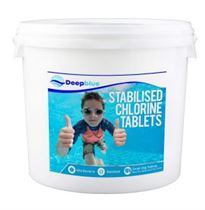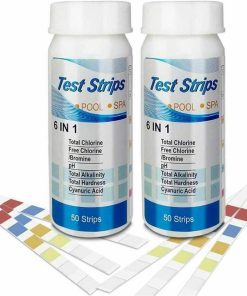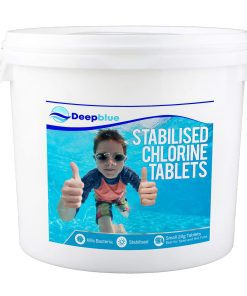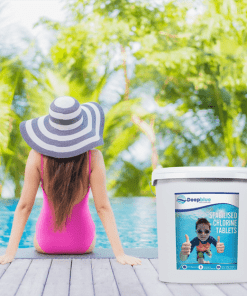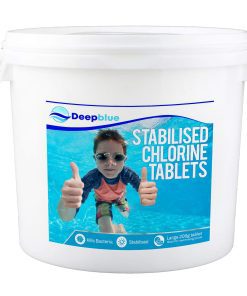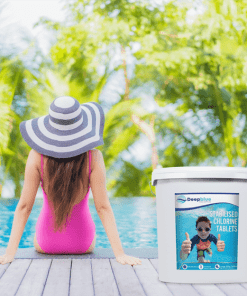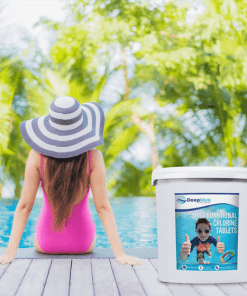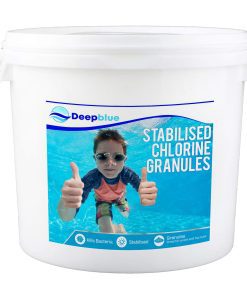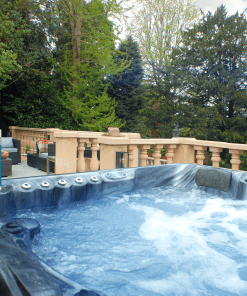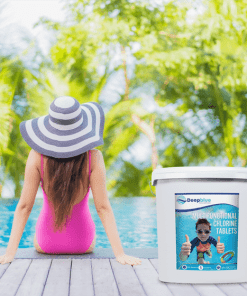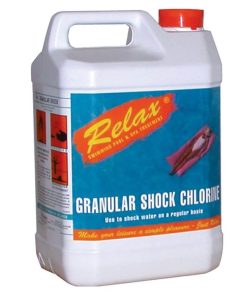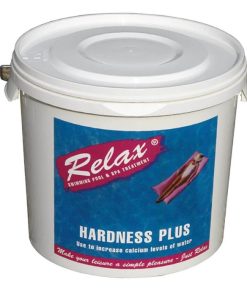Blogpool, Chemicals, Maintenance, Swimming Pools, Water Testing
How to Maintain Perfect Pool Water Chemistry All Year Round
Owning a swimming pool can be a source of joy, especially during the warmer months, but maintaining perfect water chemistry year-round can be a challenge. If your water chemistry is off, your pool can quickly become unsafe and unsightly. In this guide, we’ll walk you through how to keep your pool water balanced all year long, ensuring it’s always crystal clear and safe to swim in.
**Why Water Chemistry Matters**
Proper pool water chemistry is vital for:
– Preventing the growth of harmful bacteria and algae.
– Ensuring the water is safe for swimmers, avoiding irritation to eyes and skin.
– Protecting your pool equipment from damage caused by corrosion or scaling.
The key factors to maintain are **pH levels**, **alkalinity**, **calcium hardness**, and **chlorine** levels. Here’s how to keep each of these in check.
**Step-by-Step Guide to Maintaining Pool Water Chemistry**
**1. Test Your Water Regularly**
To maintain proper water balance, start by testing the water:
– **How often:** Test the water **at least once a week**, even if your pool looks clean. For high-use pools, increase the frequency to 2-3 times per week.
– **Test kits:** Use a liquid test kit or test strips. For more accurate results, you can bring a water sample to a local pool store for analysis.
– **Parameters to test for:**
– pH levels (ideal range: 7.2-7.6)
– Total Alkalinity (TA) (ideal range: 80-120 ppm)
– Calcium Hardness (ideal range: 200-400 ppm)
– Chlorine (ideal range: 1-3 ppm)
– Cyanuric Acid (stabilizer) (ideal range: 30-50 ppm)
—
**2. Adjust the pH Levels**
pH is one of the most critical elements of water chemistry. It measures the acidity or basicity of the water. Keeping the pH balanced will ensure chlorine works effectively and swimmers are comfortable.
– **To raise pH:** Add **sodium carbonate (soda ash)**. Start with **200g for every 10,000 liters** of water, testing after each application.
– **To lower pH:** Add **muriatic acid or sodium bisulfate**. Use **250ml per 10,000 liters** of water. Be sure to test again after 4-6 hours.
– **Why it matters:** Low pH can cause corrosion of your pool equipment, while high pH can lead to scaling and cloudy water.
—
**3. Balance Total Alkalinity**
Alkalinity acts as a buffer for pH, helping to stabilize it. If alkalinity is too low, your pH will fluctuate, and if it’s too high, it can make it difficult to adjust pH.
– **To raise alkalinity:** Add **baking soda (sodium bicarbonate)**. Use **1.5kg per 10,000 liters** to raise alkalinity by 10 ppm.
– **To lower alkalinity:** Use **muriatic acid**. Add in **200ml increments per 10,000 liters**, and test the water after each addition.
—
**4. Manage Calcium Hardness**
Maintaining calcium hardness is essential to prevent pool plaster from eroding and to stop scaling on your pool equipment and surfaces.
– **To raise calcium hardness:** Add **calcium chloride**. For every **10,000 liters** of water, add **1kg** to increase calcium hardness by 10 ppm.
– **To lower calcium hardness:** There is no chemical way to lower calcium hardness, so if your levels are too high, the best option is to partially drain the pool and refill it with fresh water.
—
**5. Keep Chlorine at Optimal Levels**
Chlorine is crucial for killing bacteria and preventing algae growth. Keeping chlorine at the correct level ensures your pool stays clean and safe.
– **To raise chlorine levels:** Use **chlorine tablets or granules**. For every **10,000 liters**, add **200g** of chlorine granules. If using tablets, place one tablet in a floater or the skimmer basket.
– **To lower chlorine levels:** If chlorine levels are too high, simply stop adding chlorine and allow the levels to naturally drop over time. Sunlight will also help break down excess chlorine.
—
**6. Shock Your Pool Regularly**
“Shocking” refers to adding a high dose of chlorine to your pool to eliminate bacteria, algae, and chloramines (which cause that strong chlorine smell). This should be done every 1-2 weeks, depending on pool usage.
– **How to shock your pool:** Add **500g of chlorine shock** for every **10,000 liters** of water. Wait for the chlorine levels to return to normal (1-3 ppm) before swimming.
– **When to shock:** After heavy use, after a rainstorm, or if the pool has become cloudy or smells of chlorine.
—
**7. Control Cyanuric Acid (Stabilizer)**
Cyanuric acid helps protect chlorine from being broken down by the sun’s UV rays, but too much can make the chlorine ineffective.
– **Ideal range:** 30-50 ppm.
– **To lower cyanuric acid:** Drain a portion of the pool and refill with fresh water. There is no chemical treatment to reduce cyanuric acid levels.
—
**Bonus Tips for Year-Round Pool Chemistry Maintenance**
– **Cover your pool:** Using a pool cover when not in use helps minimize debris and evaporation, making chemical maintenance easier.
– **Winterize your pool:** If you live in a region with cold winters, be sure to properly winterize your pool by adjusting chemical levels and covering it securely.
– **Circulation:** Run your pool pump for at least **8-12 hours per day** to ensure the water stays filtered and chemicals are properly dispersed.
—
**In summary**
Maintaining perfect pool water chemistry year-round isn’t difficult, but it does require consistency. By testing regularly and making small adjustments as needed, you’ll avoid bigger issues down the line, such as algae growth or costly damage to your pool equipment. With these steps, you’ll keep your pool looking pristine and safe for swimming all year long. If you need any of the chemicals suggested above please check our website or get in touch with our friendly support team.
Some products you might be interested in:
Related Products
Best Online Sellers





